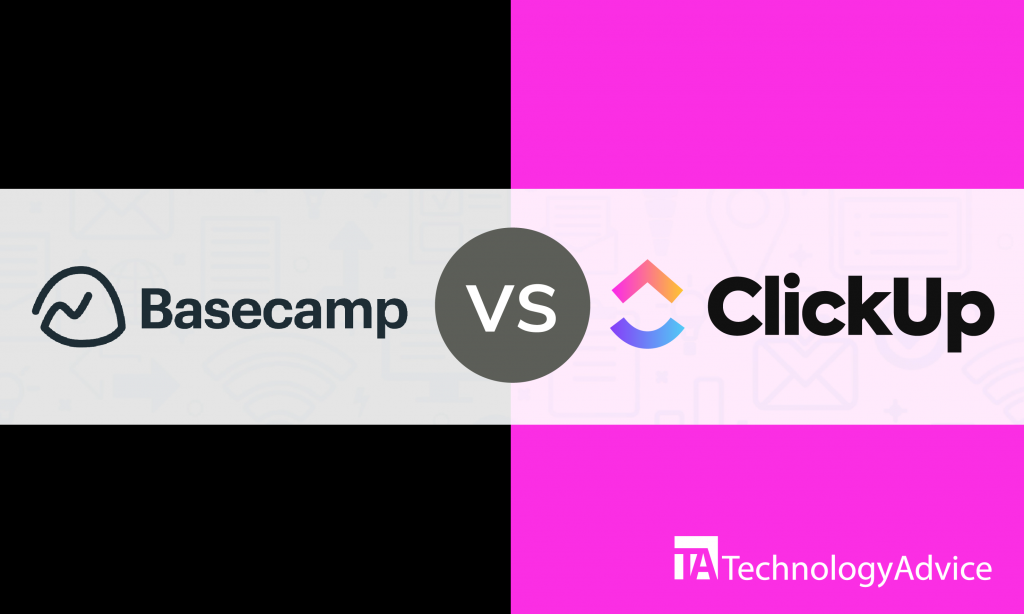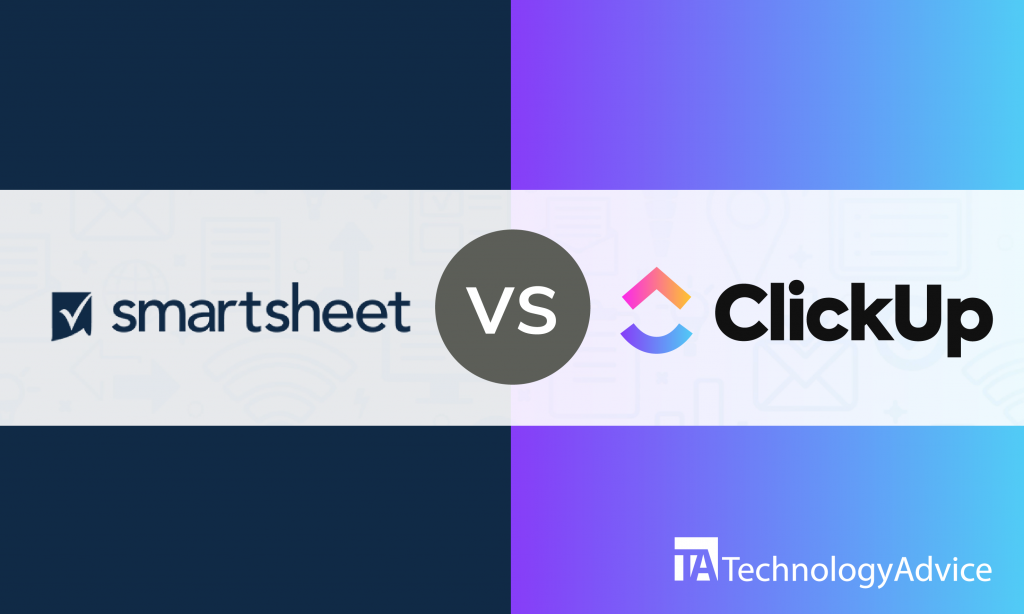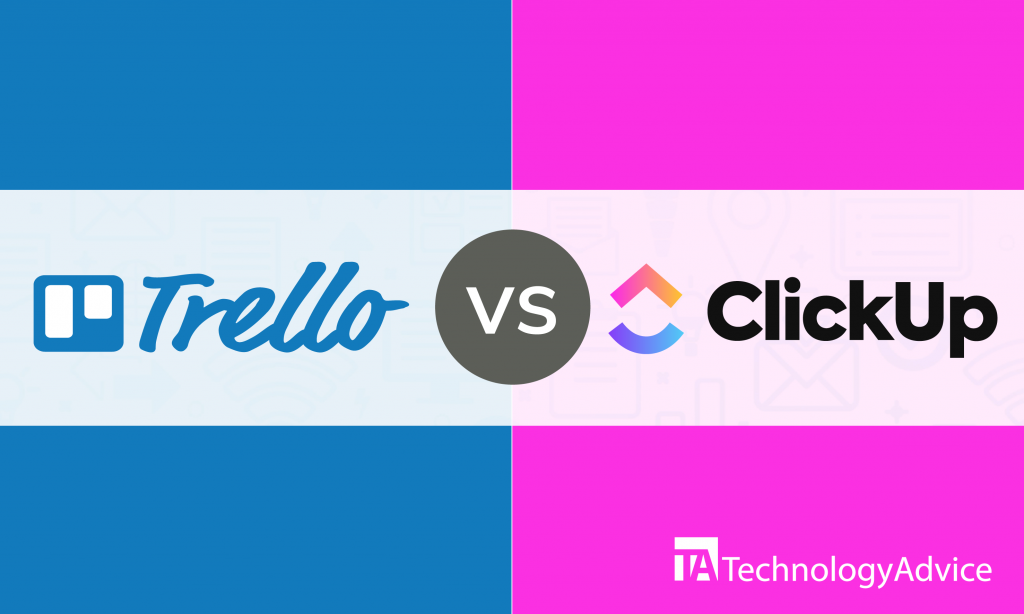Project Management (PM) software solutions have changed the way companies conduct business. Its automation features make tasks simpler and allow team collaboration in real-time. It offers time tracking, budgeting, resource planning, and task distribution to help businesses become more productive. Use it to perform multiple endeavors simultaneously and distribute tasks without causing burnout. Teams that are geographically distributed can work together in a timely manner, and managers can remotely supervise using collaboration tools.
Let’s evaluate two popular PM software solutions: Wrike vs. Harvest. We’ll assess them based on their features, integrations, and pricing models to determine which product meets your needs. Use our Product Selection Tool and receive five software recommendations tailored to your requirements from our Technology Advisors. It’s free, easy to use, and doesn’t take more than five minutes.
Wrike vs. Harvest PM: An overview
Wrike is a PM management software solution designed for mid-sized to enterprise businesses. It provides visual reporting, Gantt charts, real-time collaboration, activity and workload overviews, time tracking, financial management, and scheduling in an intuitive interface. Use it for project planning, centralizing communication, and streamlining workflow. It has scalability and enterprise-level security that prevents data leaks. Wrike keeps team members on the same page without requiring constant meetings. Harvest is a timesheet and time tracking solution for all business sizes. It provides real-time reporting and resource and cost management features that allow teams to stay on time and within budget. Generated reports provide insights to help teams estimate future projects or view profitability at any point. Harvest is cloud-based but has mobile integrations that allow for on-the-go use of both Android and iOS devices. The software can be used for project and expense management, time tracking, and billing and invoicing.Wrike vs. Harvest PM: A comparison of features
Wrike offers features that help users become more productive:- Tags and folders: Users can sort data by projects or tasks through tags and folders that put an item in different folders without duplication. The files can be named and accessed based on how users want to sort them. Users can share folders with the team, and all changes made are automatically reflected.
- Streamlined collaboration: Wrike minimizes the need for meetings by letting users update task descriptions, use the @mention functionality, and share feedback on digital assets using the Wrike Proof Tool. It has Activity Stream for task micro-management and project viewing, which can be found in the dashboard along with a widget for team activities.
- 3-pane view: Users can view projects with ease using Wrike’s 3-pane view that contains all project details. On the left pane is project hierarchy, on the middle are project task lists, and on the right are task details.
- Task tools: Use the software to break down projects into tasks — and further into subtasks. Wrike provides an accurate record of unresolved tasks by individually marking them as complete or incomplete.
- Analytics for easy reporting: Users can make reports and generate Global Reports that show tasks from different folders. It comes with a Folder Statistics for showing important task metrics like due date and status and a Performance Chart for a visual look at project progress.
- Invoicing: Use Harvest to turn billable time and expenses into professional invoices with ease. The software sends these to clients for online billing and shows when they opened the invoices. Harvest sets up automatic payment reminders from the time the invoice was viewed.
- Time and expense tracking: Users can take advantage of Harvest’s timers to monitor work time and enter hours into a timesheet. The software has time tracking capabilities that track hours to specific clients and allow users to add notes on timesheets.
- Scheduling and forecasting: Users can organize schedules into visual plans to map out upcoming projects and allocate resources effectively. The software shows every member’s task assignments to avoid overbooking and burnout. Use it to determine the proper time to accept new projects and the members available to do it.
Wrike vs. Harvest PM: A comparison of prices:
Wrike offers a 4-tier pricing model: Free, Professional, Business, and Enterprise. The Free plan is recommended for smaller teams and starting companies that share a simple task list. The Professional plan accommodates 5-15 users and provides full planning and collaboration features. The Business plan offers a robust work management program with executive reporting and customization to teams with 5-200 users. The Enterprise plan can be used by unlimited members and offers advanced control, security, and comprehensive solutions. Read also: Wrike vs. Basecamp: A Project Management Software Comparison Users can choose from Harvest’s 3-tier pricing plan: Free, Solo, and Team. The Free plan is suitable for individuals and smaller teams that work on two projects. The Solo plan offers an unlimited number of projects, while the Team plan is recommended for more than two users with an unlimited number of projects. Interested users can contact the vendors directly for detailed pricing and product information.Wrike vs. Harvest PM: A comparison of integrations:
Wrike enables businesses to work with other apps such as:- Slack
- Box
- WordPress
- Marketo
- SurveyMonkey
- Google Drive
- JIRA
- Evernote
- Slack
- Google Apps
- Zendesk
- Trello





